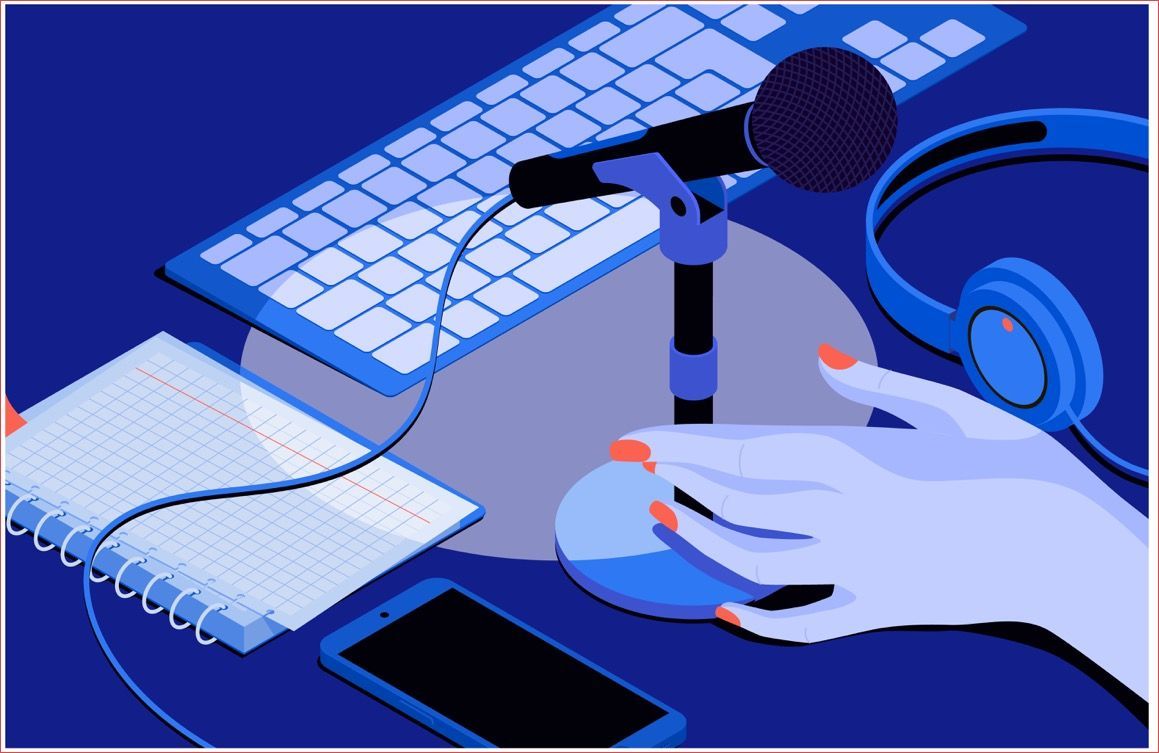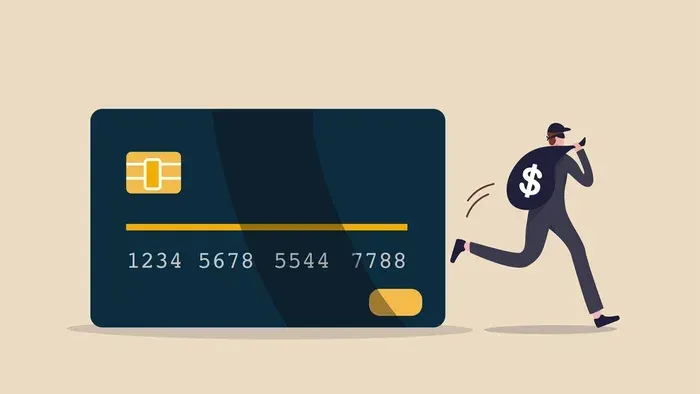Mental Health IVRs
I have long been an advocate of writing strong, concise, fast-moving IVRs; with the caller’s patience and time being at a premium, IVRs should not be written (or voiced) at a plodding, leisurely pace. Callers need to get to where they’re going as quickly as possible.
And I’ve also written a lot about working more compassion and feeling into IVR scripts; gone is the robot, and almost any industry can benefit from a genuine, caring voice guiding them to their various choices.
In no other area is it more important to design IVRs which are fast – and compassionate – than those systems which face a public who might be in a mental health crisis. Whether we’re talking about an acute care facility, the psychiatric intake department of a regional hospital, or a community mental health department, it’s especially astute and wise to have a sensitivity and awareness of the special needs and situations of your typical callers.
Here's the first thing to consider when designing an IVR for mental health consumers:
Triage. There’s a vast distinction between someone navigating the soul-crush of a romantic breakup, and someone hallucinating about people monitoring them through their TV and plotting to kill them. A system of triage built into your IVR to sort the “seriousness” of the caller needs to be put into place, to use your resources most effectively and make sure that those in need of urgent help will get it and those with less urgent needs will still get help – but in a priority sequence which reflects their urgency.
The next important thing to never forget is:
Immediacy. You need to get callers through to help as quickly as possible. I have mentioned in many presentations and interviews that I voiced an IVR for a cardiology clinic in Florida, and they had 15 options (way too many) – and literally the last one was: “if this is a medical emergency, hang up and dial 911.” If someone has made the mistake of calling their practitioner’s office when they’re in medical distress, instead of getting emergency help, you’d want to set them straight sooner than later. That 911 “emergency hatch” needs to be front stacked at the top of the menu. The actual number of options needs to be culled down to five or six choices, and the prompts need to written – and voiced – in a style that is fast and efficient. Take a critical look at your phone menu and make sure you edit out the dross – if there is any information that can be left out (or edited off into a submenu) do that, instead of forcing callers to listen to directions to the facility or explaining the parking protocol, while their anxiety is amping up with every wasted second. Decide on the top six options, and list them in priority sequence.
The final component to designing the perfect mental health IVR is compassion. Not the insincere assurances of an on-hold system, repeatedly thanking callers in an empty way; your prompts need to convey a genuine empathy and compassion in addition to the smart triage and the speedy egress through the menu options. The prompts need to be written and voiced in a way that conveys that the agency understands the seriousness of their call, and also a level of comfort conveyed that they can deal with anything. I cite the example of a colonoscopy clinic IVR I voiced years ago, which said: “Our trained intake nurses have heard it all, so feel free to ask anything at all about your upcoming appointment.” How freeing would that be for a caller to hear, especially if they were apprehensive and nervous about the procedure, and afraid of asking something stupid? Acknowledging the precarious state the caller may be in with care and empathy can go a long way towards forging a relationship with the caller and to ensure that they get the care they need.
In the mental health arena, extra sensitivity to a precarious human condition and designing communications to address the specialized needs of the mental health caller is essential to providing safety, care, and ultimately compassion for those in need.











